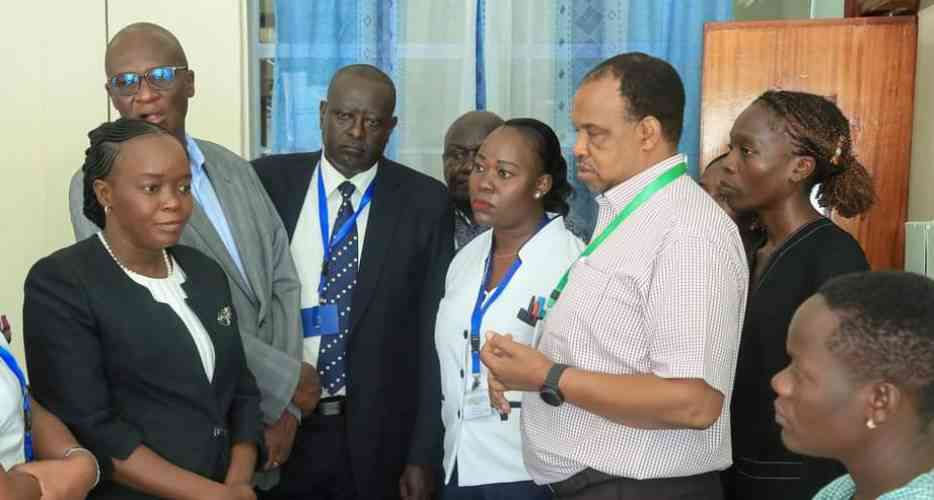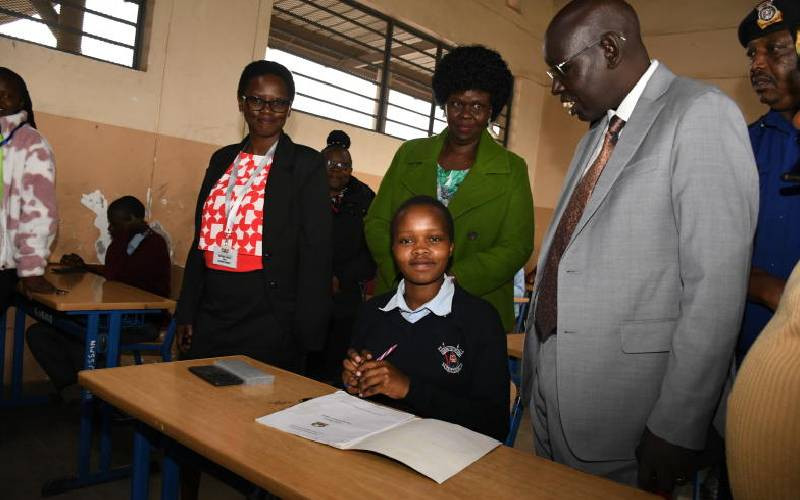By Kiumbura Githinji
The demand for healthcare commodities in the public health sector is unmatched by the resources available from the Government, donors and health facility cost share funds.
This has not been able to fully support supplies through the Kenya Medical Supplies Agency (Kemsa) and other parallel supply chain systems.
Consequently, there has been a persistent demand supply gap, which is a major draw back to collective efforts aimed at improving healthcare for Kenyans.
Some of the challenges manifest in the forms:
• Medical supplies shortages in public hospitals,
• Overpriced medicines sourced from local private distributors ,financed with cost share funds, finding their way into public hospitals
• Low quality medicines and medical supplies from the local private distributors penetrate the private and public supply chain
• Hospital staff pre-occupation with procurement activities for pharmaceuticals even when they are ill-equipped to perform the task
In the face of the existing challenges, Kemsa in collaboration with stakeholders explored innovative ways to tackle the problems.
About three years ago, a decision was mooted to commercialise Kemsa. This would allow the exploitation of existing opportunities by leveraging available resources towards harmonisation of demand and supply of medical supplies, at prices that reflect the pockets of majority of Kenyans.
The Government through the ministries of Health facilitated seed capital to Kemsa supported by the World Bank under the Kenya Health Sector Support Programme (KHSSP) to establish a Supplementary Services Division (SSD) at Kemsa to operate as Kemsa’s commercial window.
This wouldmake SSD a super-medical store for affordable and quality medical commodities, which will be availed to the public health facilities at a minimal fee in order to supplement the gap.
The SSD is set to start trading this July.
The aim is to close the demand and supply gap, thus promote access to quality and affordable medical supplies to all Kenyans.
The SSD will be the vehicle used by Kemsa to engage the new county establishments, with a view to meet any emerging needs.
It will help generate modest resources to be used in improving the supply chain infrastructure for the benefit of all.
Most importantly, the SSD model is sustainable and will be able to carry the vision of Kemsa as the public medical supply chain corporation into the future.
The writer is a business development advisor at Kemsa
 The Standard Group Plc is a
multi-media organization with investments in media platforms spanning newspaper
print operations, television, radio broadcasting, digital and online services. The
Standard Group is recognized as a leading multi-media house in Kenya with a key
influence in matters of national and international interest.
The Standard Group Plc is a
multi-media organization with investments in media platforms spanning newspaper
print operations, television, radio broadcasting, digital and online services. The
Standard Group is recognized as a leading multi-media house in Kenya with a key
influence in matters of national and international interest.
 The Standard Group Plc is a
multi-media organization with investments in media platforms spanning newspaper
print operations, television, radio broadcasting, digital and online services. The
Standard Group is recognized as a leading multi-media house in Kenya with a key
influence in matters of national and international interest.
The Standard Group Plc is a
multi-media organization with investments in media platforms spanning newspaper
print operations, television, radio broadcasting, digital and online services. The
Standard Group is recognized as a leading multi-media house in Kenya with a key
influence in matters of national and international interest.








